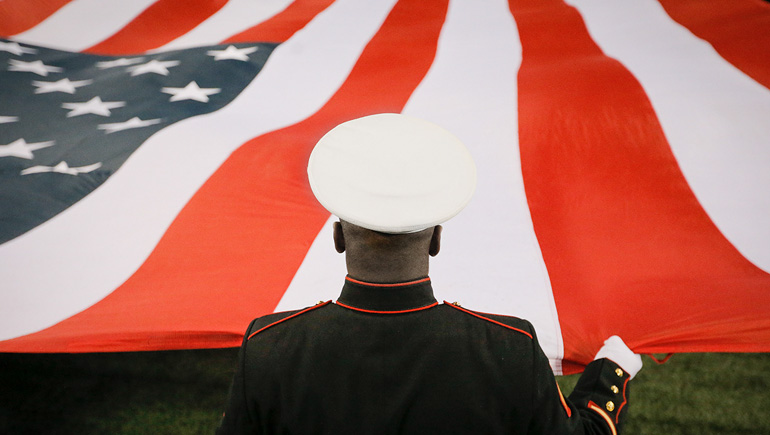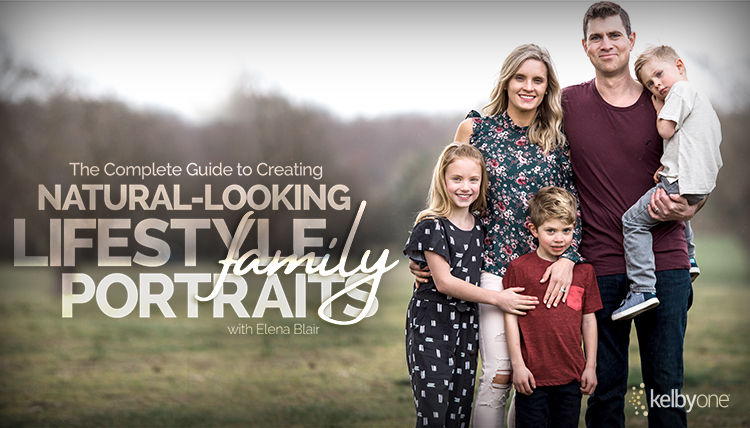Hello, hello, HELLO! Happy #TravelTuesday one and all, from right here at the prep for Photoshop World in Orlando, Florida!
Last Wednesday, I had the privilege of being invited to join Scott on The Grid when I visited the KelbyOne offices (a long way away from my hometown of London, UK) for super-secret meetings and super-awesome burgers! It was (technically) my third Grid appearance, but the first where I had actually been on set, and it was flippin’ sweet! So here’s the thing…the topic was all things travel photography. Where to shoot, when to shoot, what to bring, all that lovely stuff. But, the thing is, we had a whole load of awesome questions coming in and not enough time to answer them all! So, here’s what I’ve decided to do today: I’m going to expand on an answer I provided to one of those great questions, and that question is right under this epic photo!

“How do you make your photos tell a story?”
In my answer, I related to a trip to Paris. You can go to Paris and shoot the Eiffel Tower, the Arc de Triomphe, and the Champs-Elysée, but when you only have those three photos you don’t have a story, you just have those three photos. What makes your trip a story is the things which happen before, during, and after the point at which you stood in front of the Eiffel Tower and shot it. Just like this: –
Before you shoot your all-encompassing story it’s a good idea to know what the story will be. If you want to capture the hustle and bustle of a city or the tranquility of the countryside, those are very different things which are caught in different ways, but both, equally, are stories worth telling and which can be told. Having anything between a rough idea to a storyboard for your story idea will help you when you’re on location so that you know exactly what you want to shoot, how you want to shoot it, and how you want to portray it as an element within your story. It’s this little bit of homework beforehand (which, I think, we in the business call “research”) that helps get you as prepared as you can be to make your story epic!
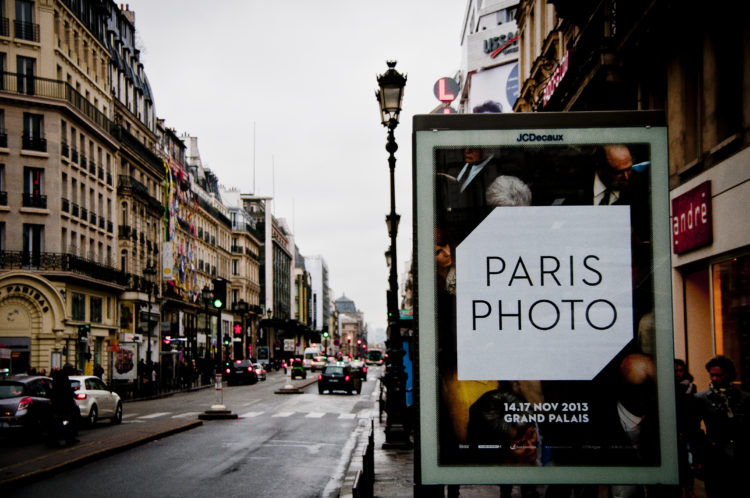
Next up, what is it that makes the “story shots” different from those Eiffel Tower shots? Well, it’s the element and feeling of belonging. As I already answered, it’s the things like the restaurant frontage, the car parked out front, the chefs and waiters, the Parisienne taxi, all of these other details which make up a scene when they’re put together, or which could potentially be anywhere. But, again, they paint the picture and tell the story of Paris when they’re put together.
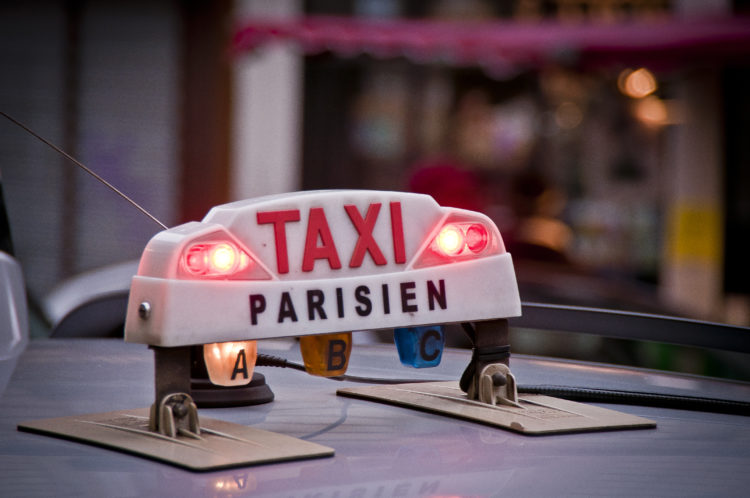
Think of it like this: Way, way, way back, our ancestors sat around a fire telling stories. The stories were there in place of Facebook, Instagram, TV; they were handed down and told through the generations. They were twisted a little and evolved like a Chinese Whisper, but they essentially stayed the same and their morals certainly sat solidly within the story. The story is essentially timeless. Its narration was integral to our lives and cultures, and that has evolved into reportage or photojournalism, which has become practically synonymous with wedding photography and can and should be translated to travel photography.
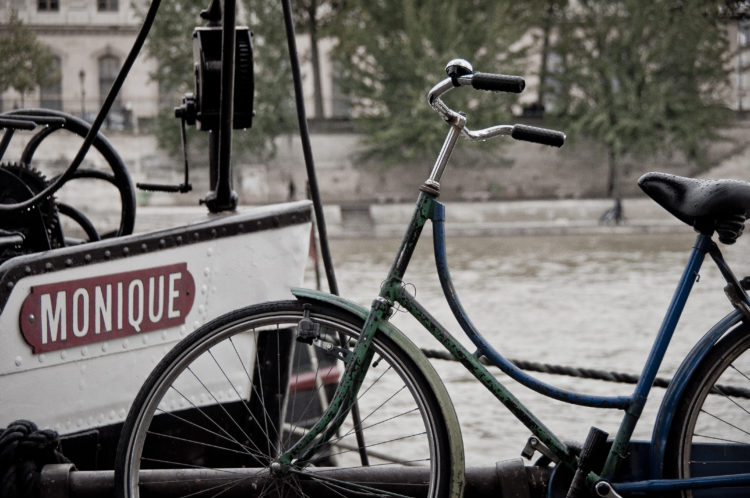
The bottom line is that it’s more about the series of photos than just the one photo. It’s the combination of recognisable landmarks with details, close up crops, people, and things nearby. It’s the things which poke and evoke the other senses and perceptions. One way to practice, if you’re so inclined, is to make a few stories on Instagram Stories or Facebook Stories and ask your friends and followers for feedback.
Let me know how you get on, and show me by finding @capturewithdave on Instagram, Facebook, or Twitter.
Much love
(come find me at PSW!)
Dave



